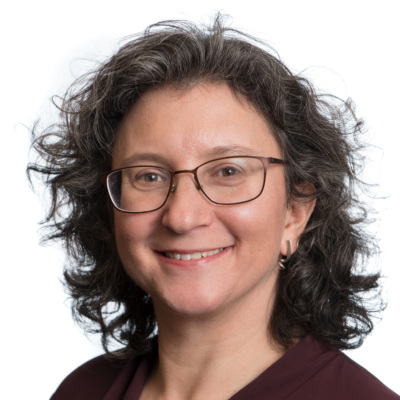Special Report: Taking from the Poor
By Jessica Schmidt
Every year, people on welfare forfeit hundreds of thousands of dollars in benefits just by accessing those benefits through ATM machines. Where is that money going?
Indiana, Kentucky, and many other states issue debit cards to people in temporary cash assistance programs.
Of course, taxpayers like you pay for these programs so you might be surprised to learn just how much of your money is being skimmed off the top by vendors and select big banks.
At the flick of a wrist many low-income families use debit cards to access their monthly temporary cash assistance.
For a family of three, it’s often less than $300 a month. It’s money they’ll use to pay rent or buy clothing.
“Well the person that I know that uses the TANF, they use it for their rent, they buy clothes that they need to be able to be out in the workforce,” says Mendi Evans. “They actually pay their bills, their necessities.”
But Elizabeth Lower-Basch from the Center for Law and Social Policy, or CLASP, says, if you access your cash benefits through an ATM, there are almost always surcharges and fees.
“They get charged by the vendor, the people who own the cards and make it, but also by banks who own the ATMs,” says Lower-Basch. “So they might lose a dollar or two every time they need to withdraw funds.”
The first ATM swipe is free each month in Indiana and Kentucky, but every swipe after costs .85 cents in Kentucky and $1.25 in Indiana.
Then, you tack-on two to three dollars in ATM surcharges. It may not sound like a lot, but it adds up.
Right now, the system zaps more than $240,000 in vendor fees and bank surcharges from needy families in Indiana every year.
In Kentucky, poor families lose well over $400,000 per year.
That’s all money, skimmed by vendors and select banks, that’s intended for the poor.
And sometimes if they call just to find out what their balance is and how much money they have left for the rest of the month, they could be charged again,” says Lower-Basch
14NEWS investigated and found out that many states negotiate contacts with vendors, independently of each other. That’s one reason fees vary widely from state to state.
Groups like CLASP are working to change that. They’re calling for more transparency between states which they say will lead to better bargaining power with vendors.
They’re also recommending states ask for a minimum of two fee-free ATM withdrawals per month to coincide with bi-weekly paychecks.
On top of that, CLASP is urging banks to allow more “in-network” ATMs so users might avoid the ATM surcharges all together.
“They take a dollar or $2 – that’s a tube of toothpaste,” says Evans. “That’s a bottle of shampoo, you know, that these people could be using that money for what they need that the government gives them in the first place. Stop taking their money.”
As for cash assistance users like the one Mendi Evans knows, they can also avoid some fees by opting for cash back when making a purchase.
But most stores have cash-back limits, so that only works when withdrawing smaller amounts.
There is one more way cash assistance users can hold onto more of their money and that’s by using the vendor’s own ATMs.
For Tri-Staters that’s CHASE bank. Unfortunately, the only CHASE ATMs in our area are in Owensboro.
